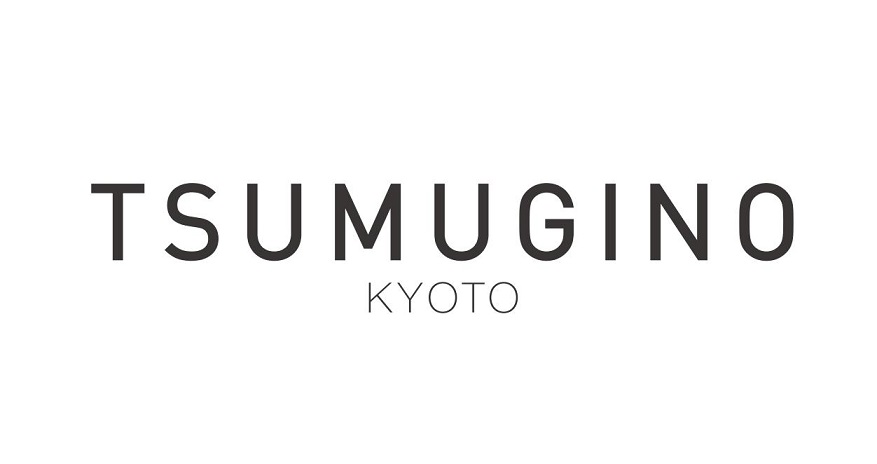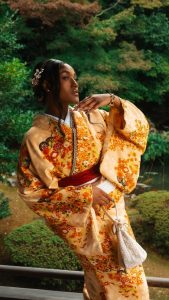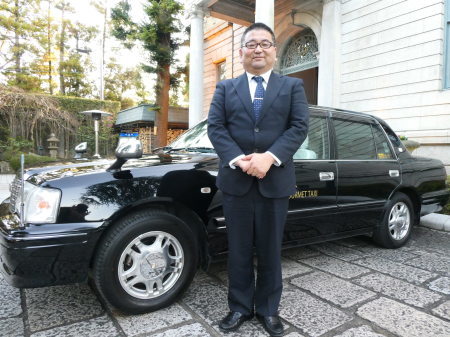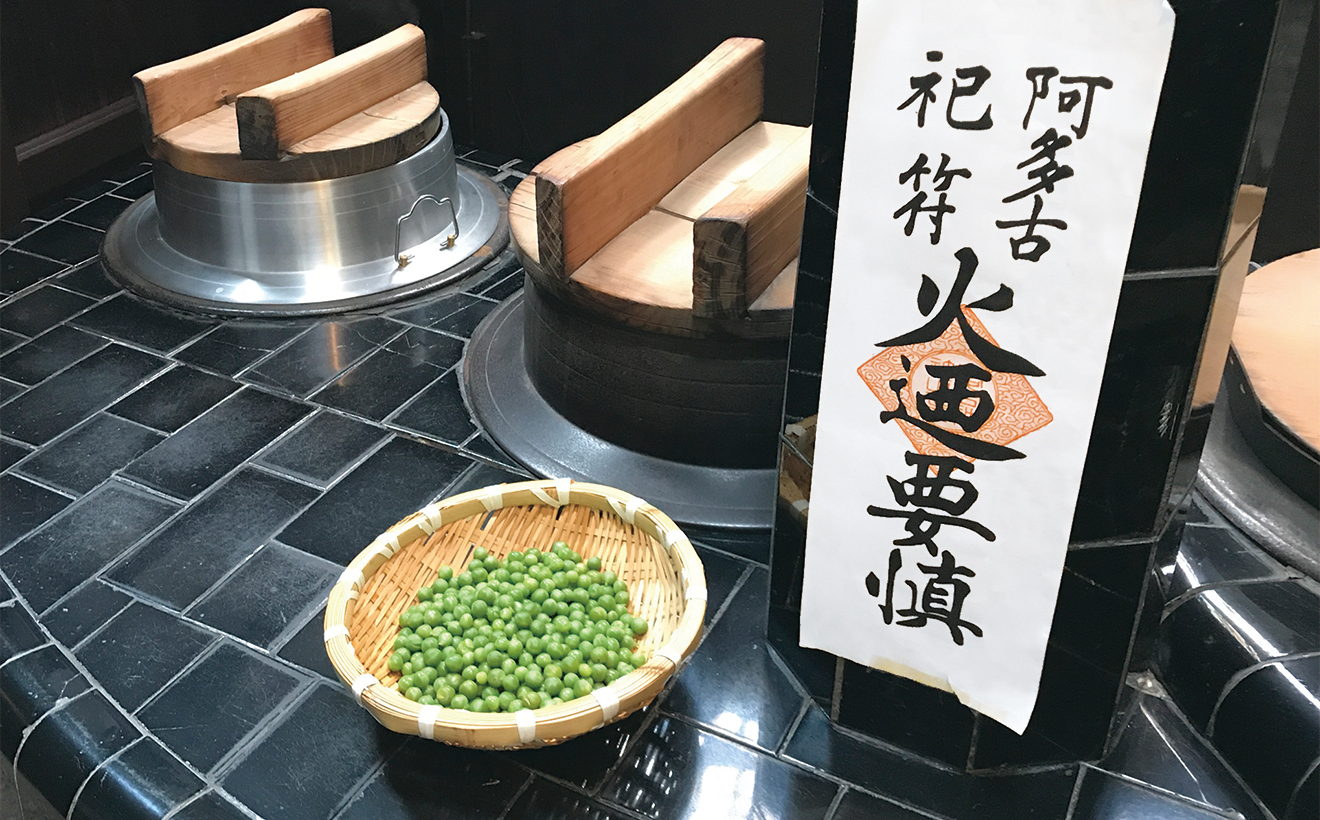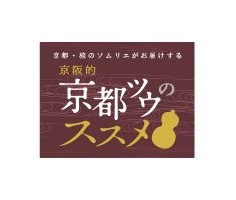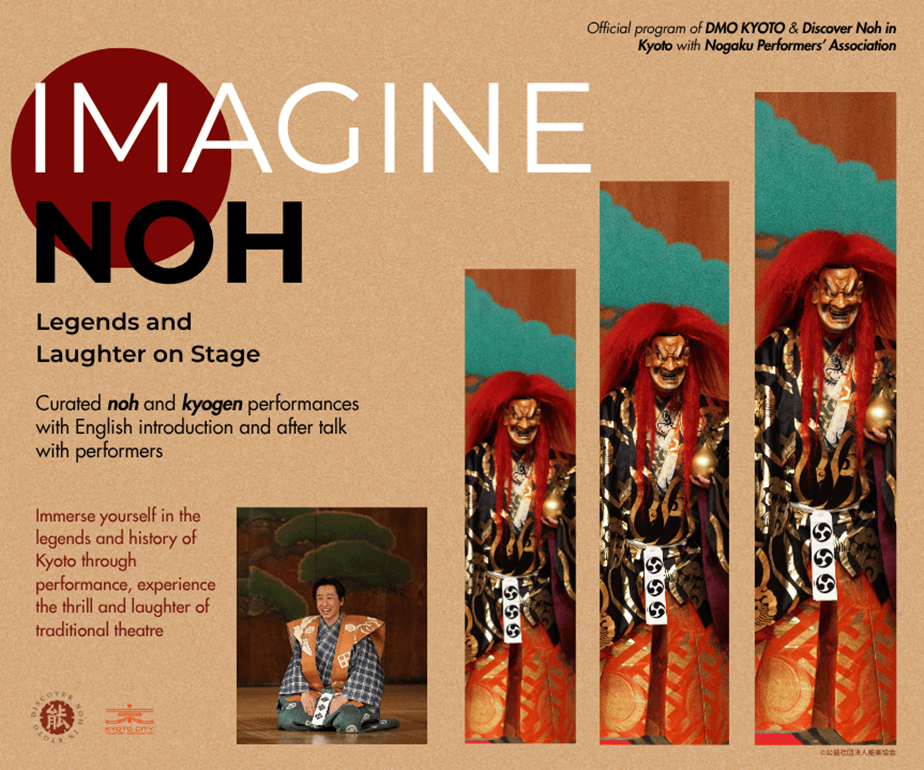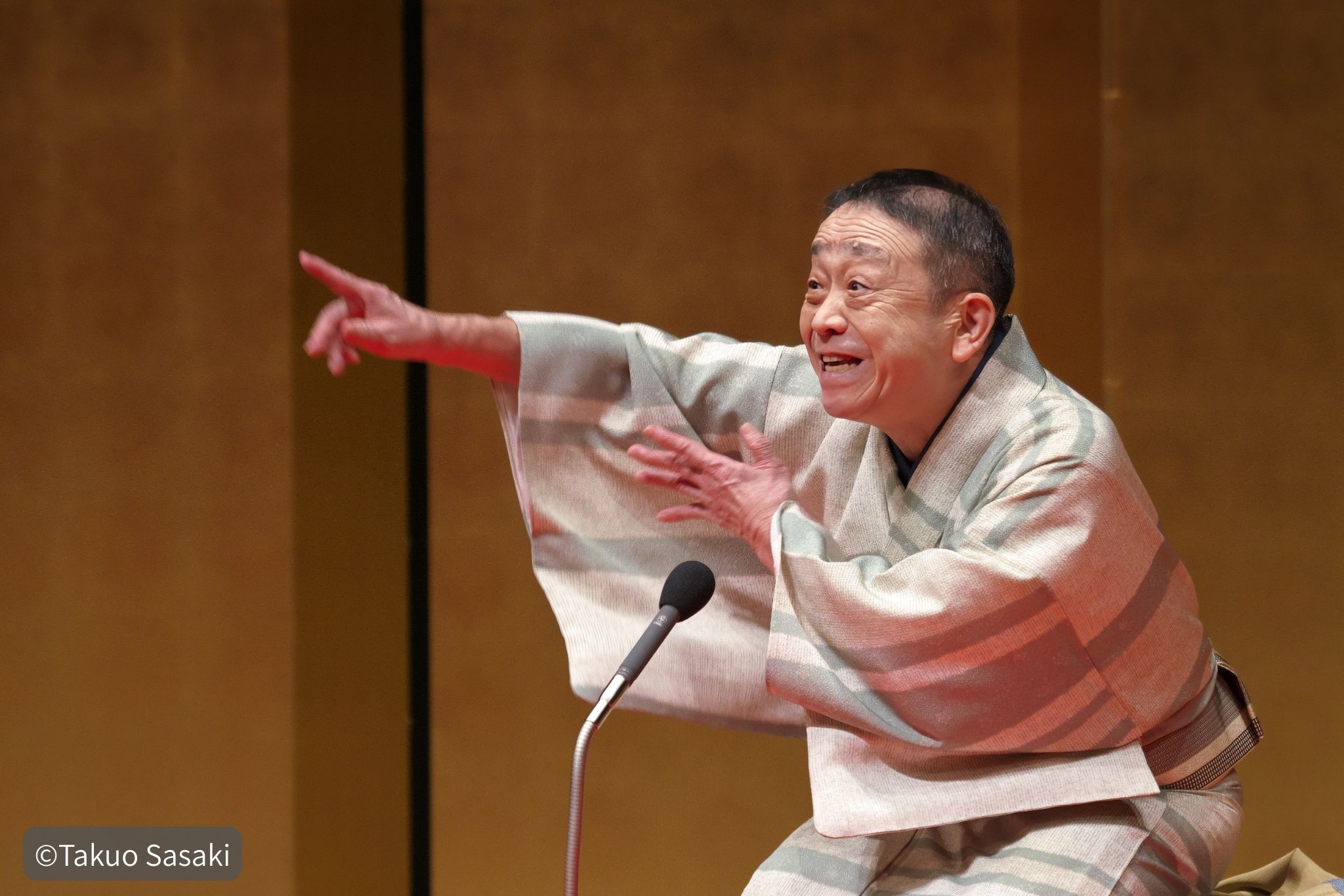
네모하모 뷰티 운영부장 이치미야 키누에(왼쪽)와 염색가이자 소메노츠카사 요시오카 6대째 대표인 사라사 요시오카(오른쪽)
네모하모
네모하모는 교토에 본사를 둔 유기농 화장품 브랜드로, 뿌리와 잎부터 줄기, 꽃, 열매까지 정성껏 재배한 유기농 식물 추출물을 사용합니다. 핵심 원료는 다음과 같습니다. 오타네닌진 또는 "인삼"은 주식입니다. 와칸일본과 중국의 의학을 융합한 제품으로, 2019년 12월부터 제품을 출시하고 있습니다.
요시오카 사라사
사라사 요시오카는 염색가이자 교토 소메노츠카사 요시오카(텍스타일 요시오카)의 6대째 대표입니다. 옷가게에서 판매원으로 일한 후, 에히메현 세이요시에 있는 실크 박물관에서 약 2년간 염색, 직조, 양잠, 제사, 제사 기법을 배웠습니다. 2008년 교토로 돌아와 아버지 사치오 요시오카와 함께 천연 염색 작업을 시작했습니다. 호텔과 공항의 예술 작품 제작은 물론, 오래된 신사와 사찰에서 열리는 연례 행사에도 참여하는 등 다양한 활동을 펼치고 있습니다.
식물의 축복에 감사하며 시대를 초월한 아름다움을 입으세요
키누에 이치미야는 모든 사람의 피부 본연의 아름다움을 이끌어내기 위해 통식물을 사용하는 유기농 화장품 브랜드 네모하모의 사명을 전달하는 역할을 담당하고 있습니다. 사라사 요시오카는 천연 소재만으로 다채로운 색상을 만들어내는 염색 예술가입니다. 두 사람에게 직업과 제품 모두에 없어서는 안 될 자연의 선물인 식물에 대한 생각을 들어봤습니다.
식물의 힘을 활용하기 위해 시간에 검증된 지혜로부터 배우기
— 그럼, 키누에 씨, 저번에 기온에 있는 소메노츠카사 요시오카 교토점을 방문한 건 어땠어요?
키누에 (이하 "K"): 매장에 들어서자마자 아름다운 색감이 눈에 띄었어요. 점심시간도 제대로 못 가질 만큼 바쁜 하루였는데, 매장에 들어서는 순간 갑자기 숨이 깊어지고 마음이 현재에 집중되는 느낌이었어요. 한마디로, 활력이 솟아나는 느낌이었어요. 자연의 힘이었을까요?
사라사 (이하 "S"): 저희 염색은 주로 식물과 식물의 에너지와 연결된 천연 소재를 사용합니다. 식물 염색을 포함한 다양한 천연 염색이 있지만, 저희 스튜디오에서는 오랜 세월 동안 사람들이 시험하고 선택해 온 오래된 기록이 있는 염색 소재만을 사용합니다. 저희는 최소 천 년 이상 심장 건강에 효과가 있고 인간의 삶과 조화를 이룬 것으로 입증된 소재만을 사용하고자 합니다.
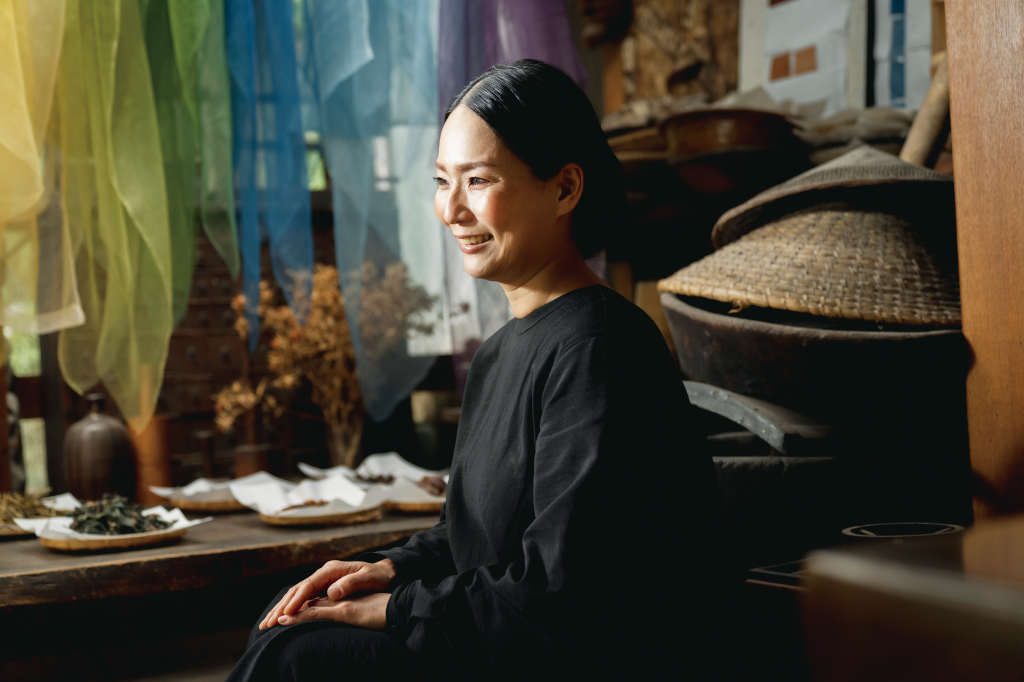
우리의 일상에 아름다운 이야기를 전달하는 제품들
— 알겠습니다. 그럼 염색 재료로 식물을 사용하시고, 네모하모는 유기농 화장품의 원료로 식물을 사용하시는 건가요? 두 분은 어떻게 식물을 채취하시나요?
에스: 직접 채집하는 것도 있고, 염료 가게에서 채집하는 것도 있습니다. 한약재로 수입되는 것도 있는데, 제약 회사를 통해 조달하는 경우가 많습니다. 또한, 일부 식물은 계약 농장에서 공급받습니다. 예를 들어, 오이타현의 한 농장에서는 자색 지네풀을 재배합니다. 이 식물은 일본에서 거의 멸종되어 야생에서 채집하기 어렵습니다. 농장에서는 한때 재배를 중단했지만, 약 20년 전에 다시 재배를 시작했고, 그 이후로 계속 협력 관계를 유지하고 있습니다. 옛 기록에 따르면 자색 지네풀은 8세기 나라 시대부터 오이타현에서 재배되어 왔습니다. 색소가 풍부하여 수입산보다 더 아름다운 자색을 냅니다.
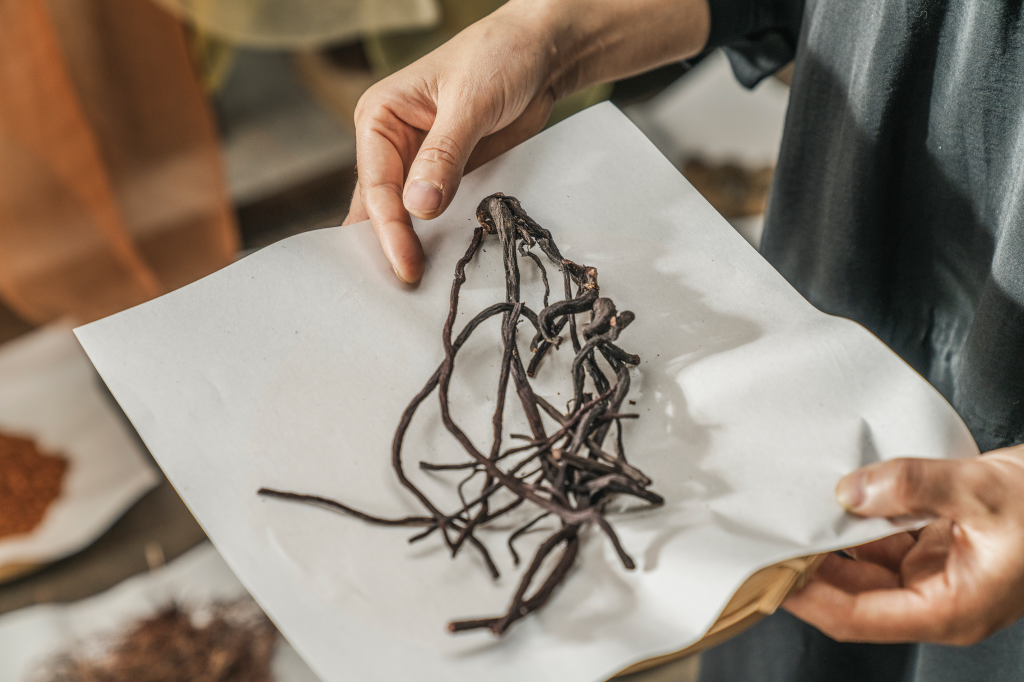
말린 보라색 그롬웰 뿌리. 은은하게 시큼한 향이 났다.
케이: 네모하모는 이름에서 알 수 있듯이 뿌리, 잎, 줄기, 꽃, 열매, 즉 식물 전체를 사용하여 제품을 만듭니다. ("네모하모"는 문자 그대로 "뿌리와 잎, 그리고 전부"를 의미합니다.) 저희가 사용하는 식물의 상당수는 후쿠오카현에 있는 자사 농장과 사토야마(과도한 토지 개발 없이 전통적인 방식으로 농업, 임업 등이 이루어지는 일본의 마을 근처의 언덕/산)에서 재배되며, 농장 바로 옆 공장에서 신선한 추출물을 공급받습니다. 저희 브랜드의 핵심 공장은 오타네닌진, 에서 사용되었습니다 와칸 오랫동안 약을 생산해 왔습니다. 나가사키 쓰시마에 있는 농장과 계약을 맺고 유기농으로 재배하고 있습니다. 오타네닌진 저희를 위해서요. 이 생산자들이 없었다면 100% 천연 화장품을 안정적으로 공급할 수 없었을 테니 정말 감사하게 생각합니다. 물론, 점점 더 많은 분들이 저희 제품을 사용해 주셔서 정말 감사합니다.
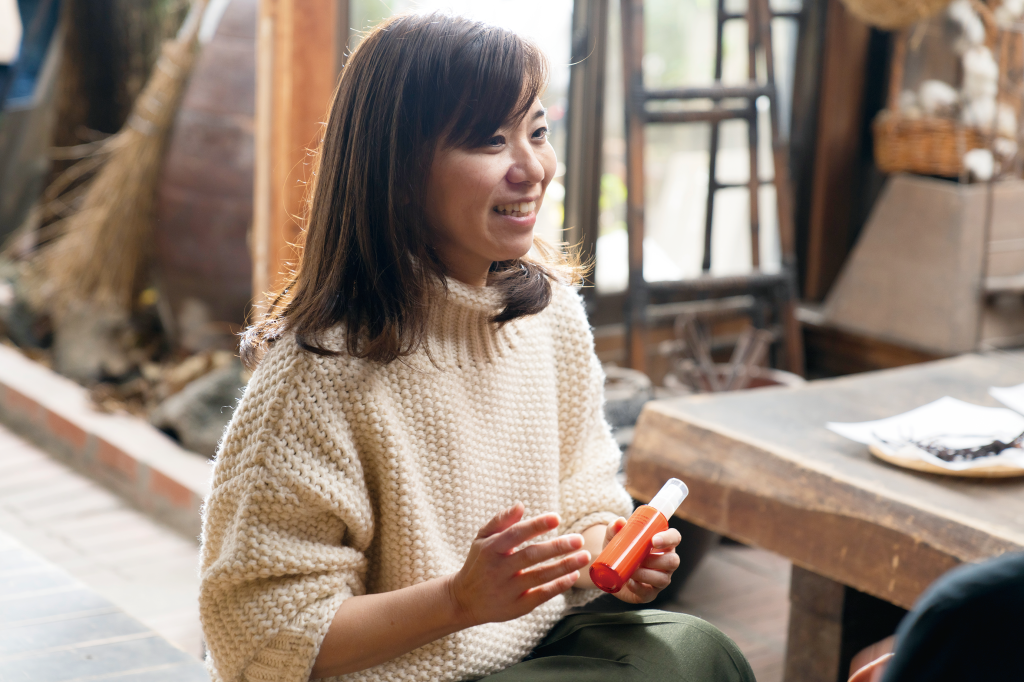
자연, 재료, 생산자와의 연결은 일관성을 통해 가치를 창출합니다.
케이: 생산자들이 어떻게 식물을 재배하고 어떤 추출법을 사용하여 제품을 만드는지 고객들에게 자신 있게 설명할 수 있어서 기쁩니다. 사라사 님이 사용해 보신 부스터 오일은 동백, 쌀겨, 인삼을 여러 단계로 가공하는 저희만의 독자적인 정제법으로 만들어졌습니다. 이렇게 만들어진 오일은 분자가 작아 피부에 영양을 공급하여 로션이나 토너가 쉽게 흡수되도록 도와줍니다. 마치 피부를 갈아엎는 듯한 오일과 같습니다. 어떠셨나요?
에스: 몇 번 써보니 정말 좋다는 느낌이 들었어요! 와칸 약처럼 꾸준히 쓰는 게 중요하다고 했는데, 생각보다 금방 효과가 있더라고요. 에이징 케어 로션도 같이 써봤는데, 리필 용기가 있어서 좋았어요.
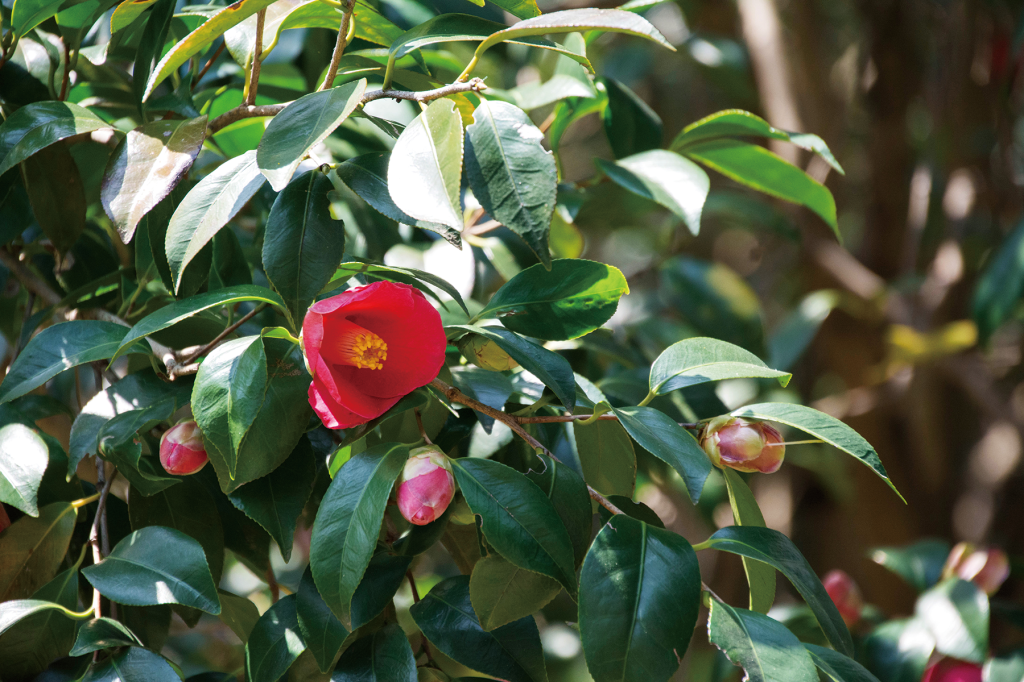
NEMOHAMO 회사 농장에서 자라는 동백나무를 저온 압착하여 부스터 오일을 만듭니다.
케이: 네, 저희는 플라스틱 폐기물을 줄이기 위해 리필 파우치를 사용하고, 상자에는 친환경 종이를 사용합니다. 저희 공장이 위치한 후쿠오카현의 사토야마를 방문하시면 유기농 화장품이 자연의 선물임을 실감하실 수 있습니다. 태곳적부터 식물을 키워 온 아름다운 자연이 저희 화장품을 포함한 모든 축복의 공장임을 확인하실 수 있습니다. 하지만 최근 기후 변화로 인한 악천후로 안정적인 생산이 어려워지고 있습니다. 식물을 보호하기 위해 생산자와 긴밀히 협력해야 합니다.

에스: 저도 동의합니다. 생산자들과 소통하는 것이 매우 중요합니다. 저는 생산 현장을 방문하여 생산자들에게서 얻은 정보를 포함하여 색의 힘과 염색의 역사와 배경을 널리 알리려고 노력합니다. 저희 매장에 오시는 고객들은 가끔 염색 품목명과 제작 방법을 자세히 물어보시는데, 저는 그들의 천연 염색에 대한 관심을 최대한 충족시켜 드리려고 노력합니다. 자연이 만들어낸 아름다운 색을 선사하는 염색의 놀라운 특징을 사람들에게 알리는 것이 제 임무라고 생각합니다.
네모하모 회사 매장
전화: 075-352-3712
교토시 시모교구 가와라마치도리 시조쿠다루2 이나리초 318-6 굿 네이처 스테이션 3층
영업시간 11:00 – 19:30 (휴일 제외)
https://nemohamo.com/shop/default.aspx
*본 정보는 COVID-19 관련 안전 조치를 포함한 모든 조치에 따라 변경될 수 있습니다. 최신 정보는 웹사이트를 확인하시기 바랍니다.
